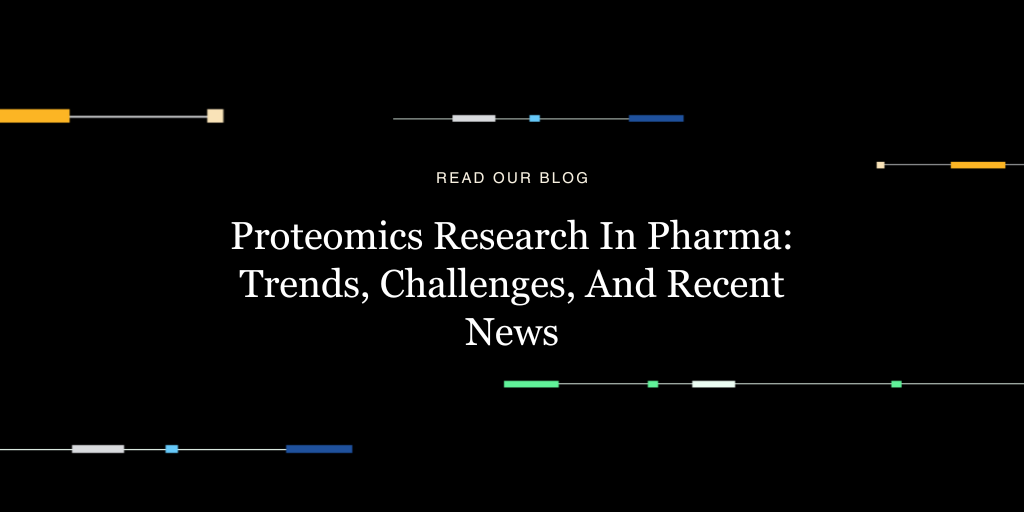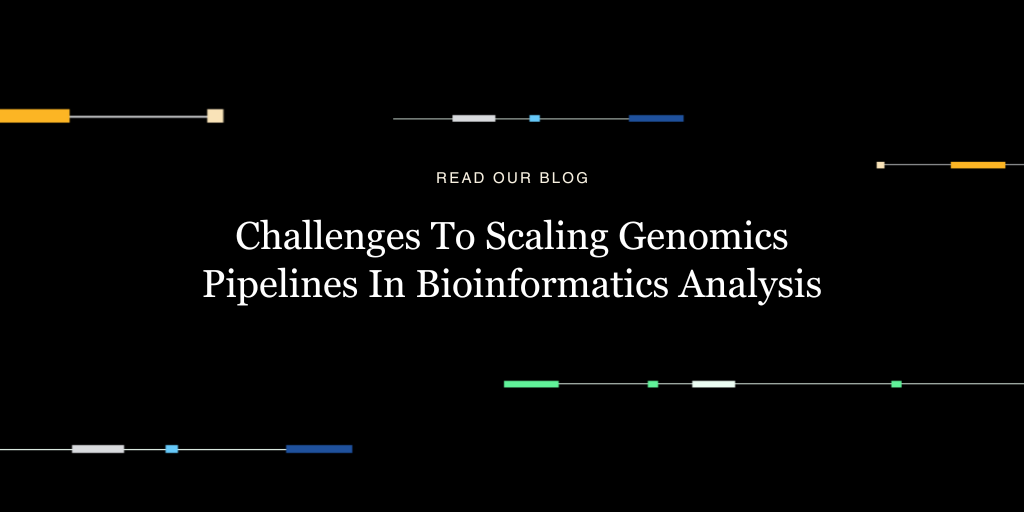Here at DNAnexus, we’re lucky to have a terrific team supporting our goals. In this blog post, we wanted to share highlights from the recent ABRF meeting from the perspective of our marketing manager, Cristin Smith. Here’s her recap.
Just when we thought the Marco Island resort couldn’t be beaten for location, here comes the annual Association for Biomolecular Resource Facilities (ABRF) conference, held at the lakeside Disney Contemporary Resort right in the heart of Disney World, complete with a view of Space Mountain. I’m pretty sure the team back home in Mountain View was a little concerned that we weren’t going to come back.
The meeting’s opening keynote came from Trisha Davis, who runs the Yeast Resource Center at the University of Washington. Her work has focused on using yeast as a proving ground for various technologies, noting that as her center has evolved, so too has her team’s ability to really drill down into targeted interrogations of the organism. During her talk, entitled “Technology Development in a Multidisciplinary Center,” she noted how important it is to integrate multiple complex analyses in an attempt to relate genotype to phenotype.
On the final day of the meeting, “Omics Technologies to Transform Research, Health & Daily Life” also resonated with me. This was Harvard professor George Church’s vision of a future where genome sequence information is widely used and readily available. He spoke about some current logistical limitations, such as the fact that a $100 blood draw is cost-prohibitive, and that the field will have to move toward buccal swabs and other technologies that may cost only $1 to process in order for ’omic testing to become affordable. Citing some 37 next-gen sequencing technologies as the driver for the rapid drop in sequence costs, he said that his own estimate of the current genome price — from sample to interpretation — is $4,000. In order for genome sequencing to become medically useful, Church noted a few factors that will have to be addressed: a focus on completeness and standards to give FDA confidence in these technologies; the need for significantly more genetic counselors than we have right now; and better interpretation software that makes genome analysis truly straightforward.
Overall, we were excited to see how eager the core lab community is to receive technology improvements that generate a higher quantity and quality of sequence data for their customers in support of their research. This enthusiasm was a great setting to unveil our newly redesigned booth at the exhibit hall. It’s hard to find a more tech-loving crowd than the people who run core facilities, and we were glad to meet so many of them last week.



